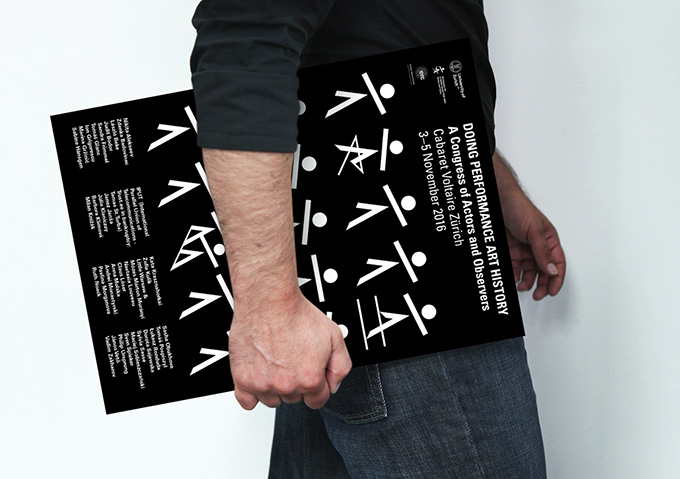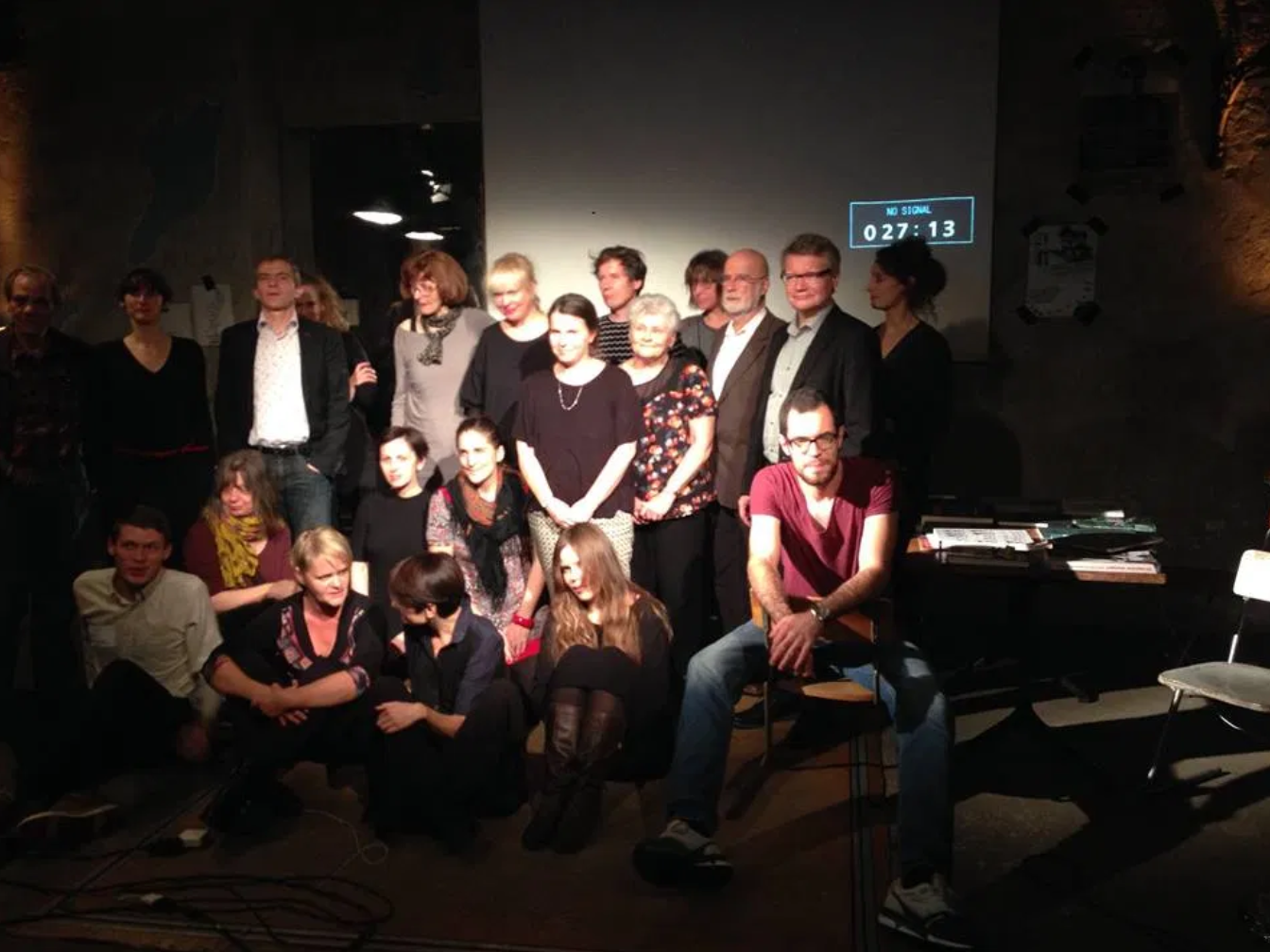Navigation auf uzh.ch
Navigation auf uzh.ch

3 - 5 November 2016, Cabaret Voltaire Zurich
Self-documentation, self-archiving and self-theorization as part of the artistic process played a decisive part in the development of Eastern European performance art. In Eastern Europe, the documentation of ephemeral events took on a very special meaning. Not only did it reflect, as in the case of Western performance art, the problematic nature of passing on traditions of actions, happenings and performances; self-documentation was moreover a strategic means of compensating for having been partially excluded from the general public and the mass media within society. In this context, artists were compelled to assume functions that otherwise undertake contemporary art critics and academic art historians. The artists in Eastern Europe became their own archivists, critics, curators and historians.
The strategies developed by performance artists, the orientation towards the event itself, and the focus on the aspect of action (on ‘doing’) pose a challenge to art historiography (art history, its institutions, and its concepts). Eastern Europe provides us, then, with a superb example of a performance art history that understands itself as a ‘doing’, as not only a performative, but also an artistic act.
Our congress will focus on those strategies, both past and present, employed by artists, critics and academics in order to create a performance art history. Among these are methods of documentation (photography, film, video, sketches, comments), of collection, archiving, writing, mapping, and re-enactment. Who were or are the actors? What were or are their concepts? How was performance art at the time of the Iron Curtain documented, archived and collected, and how are these documents historicised today? Which theories of collection, archiving and documentation can be deduced from these artistic or academic processes?
To what extent does the composition of these processes differ from country to country, and which conceptual commonalities may be carved out among them?
How can we describe the interrelationship between artists, curators and academics for the art history(ies) of today, and therewith, the interrelationship between participation and observation, proximity and distance?
Although we will pursue these questions as they pertain to Eastern European performance art, we understand this congress likewise as contributing to a broader, general performative history of performance art since 1950. Among those invited will be an assortment of illustrious figures of the performance art world from both the east and west: artists, curators, critics and academics.
